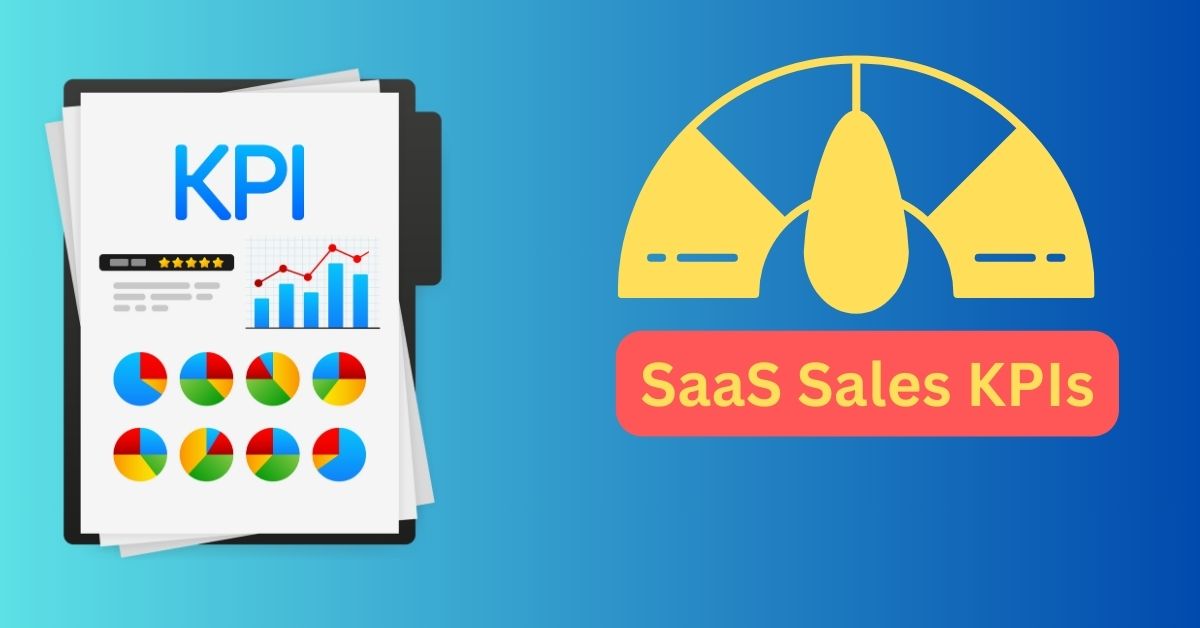Knowing the appropriate SaaS sales KPIs can significantly impact the success or stagnation of a developing SaaS company. Metrics enable you to monitor development, adjust plans, and finally increase income. For SaaS sales teams, however, what KPIs are most critical? Let’s examine closely the main signs your company can use to enable its growth.
For a SaaS company, what reasonable KPIs are?
Every effective SaaS company bases its decisions on facts. Sales teams should concentrate on KPIs that show customer acquisition, retention, and income performance if they want to reach sustainable development. Among the most important SaaS sales KPIs are some like:
- Customer Acquisition Cost (CAC)
This statistic shows your expenditure in order to find a new client. An overly high CAC could point to flaws in your sales or marketing plans.
Form:
- LTV, or client lifetime value
CLV lets you project the whole income a client will bring over their engagement with your company. Strong CLV indicates that your clients stay with you for a long period, optimising profitability.
- Churn Rates
Churn tracks, over a given period, the proportion of subscribers who cancel their subscriptions. A high turnover points to issues with consumer fit or happiness.
Standard:
- Annual Recurring Revenue (ARR) and Monthly Recurring Revenue (MRR)
For long-term development and financial planning, MRR and ARR point to consistent income sources—necessary.
Formula:
- Net Rotation Retention (NRR)
NRR offers a whole picture of income retention by including expansions, upgrades, and churned clients.
Equation:
SaaS’s five C’s are what?
The five C’s of SaaS enable companies to organise their plan so as to maximise sustainability and expansion.
- Conversion Count
Your conversion rate counts the leads that become paying consumers.

Formula:
- Customer Satisfaction
Long-term SaaS expansion depends mostly on customer retention and satisfaction. Maintaining low turnover and high LTV depends critically on customer success teams.
- Affordability Effectiveness
Monitoring operating expenses, CAC, and customer support costs helps your SaaS company to be profitable.
- Managing Churn
Customers staying longer help your business to keep more income. Reducing churn guarantees consistent development.
Five: Cash Flow
Managing cash flow is crucial for SaaS companies since their subscription-based approach helps to keep stability and support development.
What are SaaS’s sales metrics?
Using particular sales metrics helps a strong SaaS sales team to hone their strategy and raise performance.
- Lead-to-customer rate
Track how well your sales funnel converts leads into clients.
Method:
- ARPA, Average Revenue Per Account
This statistic finds the typical income each customer generates.
Formula:
- Success Rate
Shows the successful closure % of deals.
Method:
- Cycle of Sales Length
The typical time required to translate a lead into a customer. Usually, shorter cycles imply more effective sales systems.
Sales KPIs: What are they?
KPI indicators for sales offer a more detailed understanding of revenue performance and sales effectiveness.
- Quota Completion
records how closely salespeople reach their goals.

Form:
- Pipework Speed
controls the speed at which leads pass through the sales process.
Recipe:
- Cross-selling and upselling rate
Keeps track of your team’s performance growing client accounts.
Form:
Ultimately, why do SAS sales KPIs matter?
Monitoring appropriate SaaS sales KPIs guarantees that your company bases decisions on data and results in steady expansion. From knowing client acquisition expenses to maximising churn control, these indicators offer insightful analysis of every facet of the sales process.
These KPIs will enable you to create a more efficient, revenue-generating sales engine regardless of your company—start-up trying to scale or business improving its approach. To stay ahead in the cutthroat SaaS market, concentrate on ongoing development, use automation technologies, and continuously hone your sales analytics.
Just like solving the Saas Kosah Shrine in a game requires strategy and skill, tracking the right SaaS sales KPIs helps you navigate challenges and achieve success in your business.

